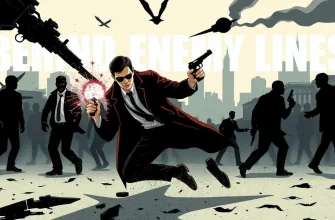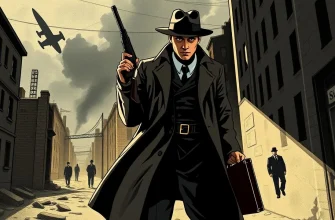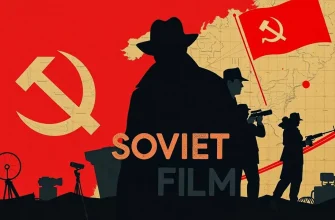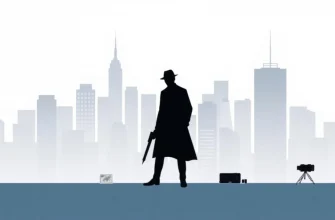War movies have always captivated audiences with their intense narratives and high stakes. This curated list delves into a specific sub-genre: films where characters must infiltrate enemy lines, showcasing the bravery, cunning, and often the moral dilemmas faced by spies and undercover agents. These films not only entertain but also offer a glimpse into the psychological and strategic aspects of warfare, making them a must-watch for anyone interested in military history or espionage.
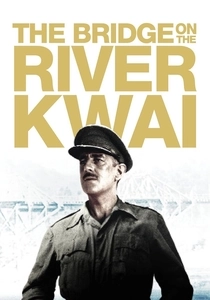
The Bridge on the River Kwai (1957)
Description: While primarily about the construction of a bridge by POWs, the film includes a subplot where British commandos must infiltrate the area to destroy the bridge, showcasing the tension of covert operations.
Fact: The film won seven Academy Awards, including Best Picture.
 Watch Now
Watch Now 
The Guns of Navarone (1961)
Description: A team of Allied soldiers must infiltrate a heavily fortified island to destroy two massive German guns. The film is known for its thrilling action sequences and the complex dynamics among the characters.
Fact: The film was shot on location in Rhodes, Greece, which provided a realistic backdrop for the story.
 Watch Now
Watch Now 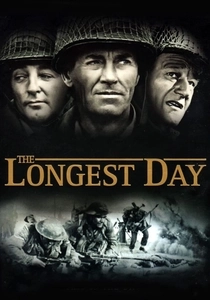
The Longest Day (1962)
Description: This epic war film depicts D-Day from multiple perspectives, including the infiltration of German defenses by Allied forces. It's a comprehensive look at one of the most significant military operations in history.
Fact: The film was shot in black and white to maintain historical accuracy and to use actual WWII footage.
 Watch Now
Watch Now 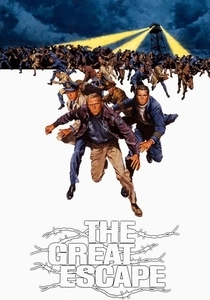
The Great Escape (1963)
Description: While not strictly about infiltration, this classic film involves prisoners of war planning a mass escape from a German POW camp, which requires them to infiltrate and manipulate their environment in ingenious ways.
Fact: The film was based on a true story, though many details were changed for dramatic effect.
 Watch Now
Watch Now 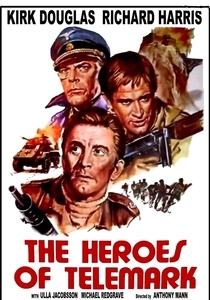
The Heroes of Telemark (1965)
Description: Based on true events, this film follows Norwegian resistance fighters infiltrating a Nazi-occupied plant to sabotage the production of heavy water, crucial for the German atomic bomb project.
Fact: The film was shot in Norway, providing an authentic setting for the story.
 Watch Now
Watch Now 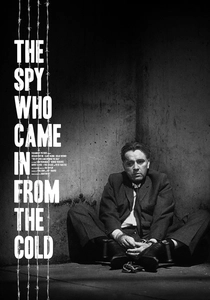
The Spy Who Came in from the Cold (1965)
Description: Though more of a Cold War spy thriller, the film involves a British agent infiltrating East Germany to gather intelligence, showcasing the psychological warfare and moral ambiguity of espionage.
Fact: Richard Burton's performance earned him an Academy Award nomination for Best Actor.
 Watch Now
Watch Now 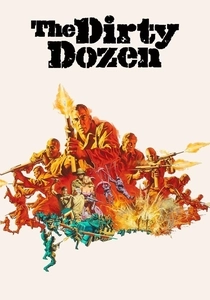
The Dirty Dozen (1967)
Description: A group of convicted soldiers are given a chance to redeem themselves by infiltrating a French chateau to assassinate Nazi officers. Their mission is fraught with tension, camaraderie, and the harsh realities of war.
Fact: The film was one of the first to depict American soldiers in a less than heroic light, showing their flaws and human side.
 Watch Now
Watch Now 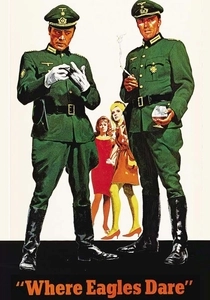
Where Eagles Dare (1968)
Description: Featuring Richard Burton and Clint Eastwood, this film follows a group of Allied commandos who must infiltrate a German fortress to rescue a captured American general. The plot is full of twists, turns, and high-altitude action.
Fact: The castle used for filming, Schloss Adler, is actually a set built in Austria, not a real fortress.
 Watch Now
Watch Now 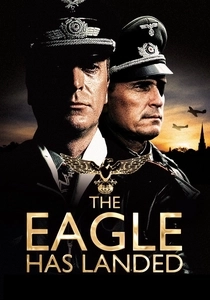
The Eagle Has Landed (1976)
Description: This film tells the story of a German plot to kidnap Winston Churchill by infiltrating a small English village. It's a gripping tale of espionage, bravery, and the unexpected twists of war.
Fact: The film was shot in Ireland, which stood in for England, due to the IRA's activities at the time making filming in England too risky.
 Watch Now
Watch Now 
Inglourious Basterds (2009)
Description: Quentin Tarantino's take on WWII features a group of Jewish-American soldiers who infiltrate Nazi-occupied France to assassinate high-ranking officers, including Hitler himself. The film's blend of historical fiction with Tarantino's signature style makes it a standout in war cinema.
Fact: The film was inspired by the 1978 Italian film "Quel maledetto treno blindato" (The Inglorious Bastards). The misspelling in the title is intentional, reflecting Tarantino's playful approach to history.
 Watch Now
Watch Now 

